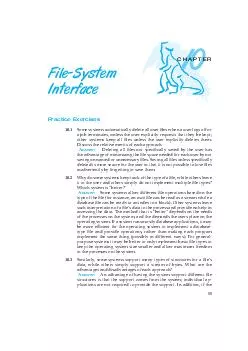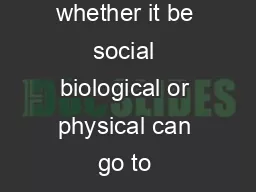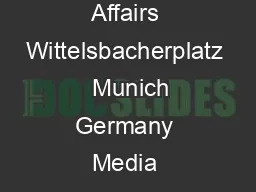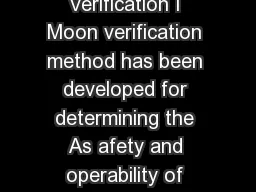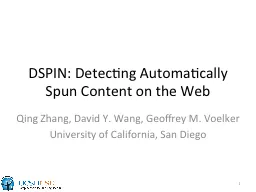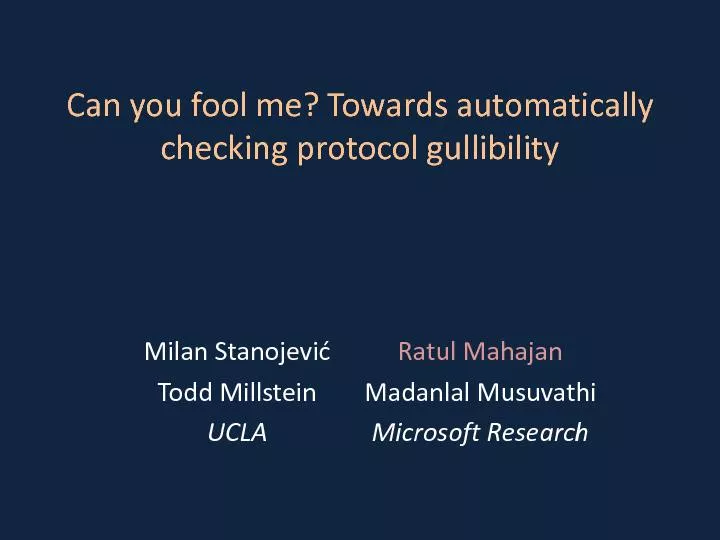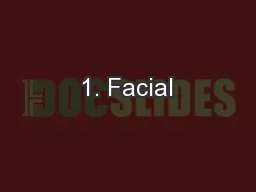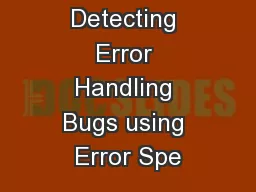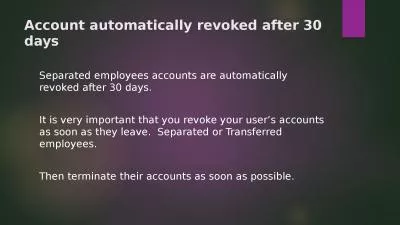PPT-1 2 Can we automatically
Author : phoebe-click | Published Date : 2016-03-18
Extract this information From the text instead of depending on creators To provide automated annotations Information Extraction What is Information Extraction Filling
Presentation Embed Code
Download Presentation
Download Presentation The PPT/PDF document "1 2 Can we automatically" is the property of its rightful owner. Permission is granted to download and print the materials on this website for personal, non-commercial use only, and to display it on your personal computer provided you do not modify the materials and that you retain all copyright notices contained in the materials. By downloading content from our website, you accept the terms of this agreement.
1 2 Can we automatically: Transcript
Download Rules Of Document
"1 2 Can we automatically"The content belongs to its owner. You may download and print it for personal use, without modification, and keep all copyright notices. By downloading, you agree to these terms.
Related Documents


